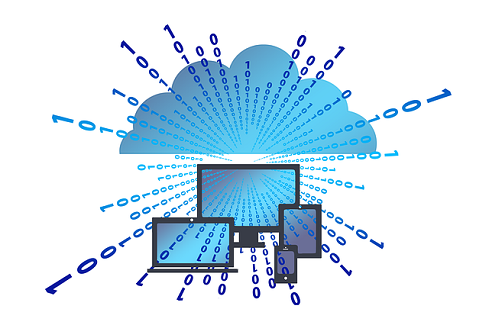Cisco Report: A Story of Cloud Endings and Beginnings
While some aspects of the cloud, such as migrations, are rapidly coming to a close, new avenues are beginning to open. After reading through Cisco's newly released Global Cloud Index (GCI), I was reminded of the old Bruce Barton saying: "When you are through changing, you are through." In many ways, cloud computing is soon to reach its peak in terms of enterprise adoption. So, in some regard, we may think that the great IT story of cloud computing is over. Yet, there are other areas of the GCI report that show dramatic change -- and thus our journey is far from over.
Take, for instance, the prediction that by 2021 "94% of workloads and compute instances will be processed by cloud data centers" while only "6% will be processed by traditional data centers." This points out the fact that the cloud computing space is maturing. Cloud migration projects will soon end, and the lagging 6% -- those on-premises workloads -- will likely die off in the data center where they currently reside. So, effectively, Cisco is predicting that virtually everything businesses do, the compute, storage and networking, will be handled in a public or private cloud.

Image: Pixabay/Geralt
Speaking of public vs. private clouds, another tend that the GCI predicts will continue is the dominance of Software as a Service (SaaS) as the go-to cloud delivery model. In fact, it is predicted that three quarters of all cloud workloads and compute instances will use a SaaS model. That's up 4% from 2016. The continued growth into SaaS will come at the expense of Infrastructure as a Service (IaaS), which is expected to decline to just 16% by 2021.
The eventual end of the need for cloud migration along with further interest in a pure-SaaS cloud model show the same trends we've been witnessing over the past five to 10 years. So, in that sense, nothing is really changing. However, when you dig into the GCI stats a bit more, you find some exciting new trends that paint a picture of renewed growth and continued exploration into what cloud architectures can offer enterprise organizations.
Take, for example, the GCI report prediction that shows that by 2021, data center to data center data flows are expected to increase 13.6% compared to today. Since we already established that virtually all applications and data are expected to be housed and managed within cloud architectures, this uptick refers to cloud-to-cloud data flows in a multi-cloud architecture. Multi-cloud deployments within enterprises is still a relatively new concept. Previously, the lack of tools combined with cloud providers lack of interest in providing multicloud capabilities hindered attempts. Yet, more recently, multi-cloud management tools have begun to ease the administrative burden. That, combined with cloud service providers loosening their grip on inter-cloud communications shows that multi-cloud will be a significant area of growth soon.
A second area to see significant growth -- and thus changes in the overall cloud market -- will be in the Internet of Things and the corresponding big-data challenges that come along with IoT projects. According to the Cisco GCI "nearly 850 ZB will be generated by all people, machines, and things by 2021, up from 220 ZB generated in 2016." Much of this growth in data generation is expected to come from IoT. The amount of data anticipated creates a serious problem regarding the architecture that cloud service providers (CSPs) use today. The bandwidth required to send information from IoT devices to one of a handful of cloud data centers is enormous. This is where edge computing is expected to fill the gap.
It's safe to say that the story of cloud computing is far from over. While some aspects of the cloud, such as migrations, are rapidly coming to a close, new avenues are beginning to open. If the amount of change is an indicator of impact on enterprise-IT, then cloud computing will be a hot topic for many years to come.
Andrew has well over a decade of enterprise networking under his belt through his consulting practice, which specializes in enterprise network architectures and datacenter build-outs and prior experience at organizations such as State Farm Insurance, United Airlines and the ... View Full BioWe welcome your comments on this topic on our social media channels, or
[contact us directly] with questions about the site.
More Insights

 2017 State of IT Report
In today's technology-driven world, "innovation" has become a basic expectation. IT leaders are tasked with making technical magic, improving customer experience, and boosting the bottom line -- yet often without any increase to the IT budget. How are organizations striking the balance between new initiatives and cost control? Download our report to learn about the biggest challenges and how savvy IT executives are overcoming them.
2017 State of IT Report
In today's technology-driven world, "innovation" has become a basic expectation. IT leaders are tasked with making technical magic, improving customer experience, and boosting the bottom line -- yet often without any increase to the IT budget. How are organizations striking the balance between new initiatives and cost control? Download our report to learn about the biggest challenges and how savvy IT executives are overcoming them.
 Top IT Trends for 2018As we enter a new year of technology planning, find out about the hot technologies organizations are using to advance their businesses and where the experts say IT is heading.
Top IT Trends for 2018As we enter a new year of technology planning, find out about the hot technologies organizations are using to advance their businesses and where the experts say IT is heading.





































